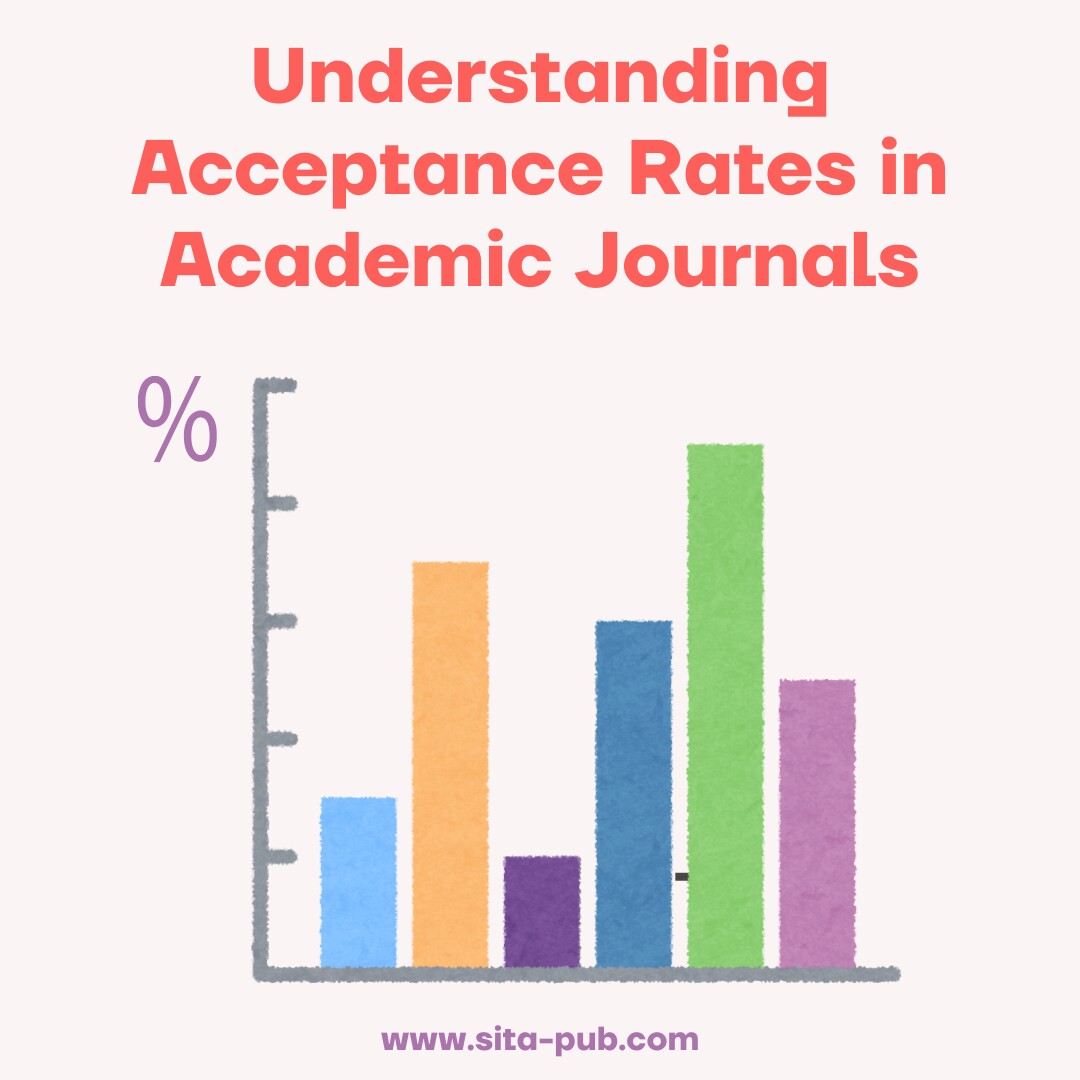Understanding Acceptance Rates in Academic Journals


Acceptance rates in academic journals are important numbers that indicate how many submitted papers a journal accepts for publication. For researchers and authors, knowing these rates can help in deciding how to choose a journal for publication. This article explains what acceptance rates are, the factors that influence them, how they differ between journals, and why they matter for authors in the academic field.
The acceptance rate is the percentage of papers that a journal accepts. It is calculated by dividing the number of accepted papers by the total number of submissions. For example, if a journal receives 100 submissions and accepts 10, the acceptance rate is 10%. This number helps authors understand how competitive a journal is and can influence their decision on where to submit their research.


Several factors affect journal acceptance rate statistics:
Journal Reputation: High-impact journals, which are highly respected in their fields, usually have lower acceptance rates. These journals receive many submissions and maintain strict quality standards to ensure that only the best research is published.
Field of Study: Acceptance rates can vary significantly by subject area. Established fields with many submissions tend to have more competitive journals, while emerging fields may have higher acceptance rates as they seek foundational research.
Type of Journal: Different types of journals, such as open-access journals and subscription-based journals, can have different acceptance rates. Understanding the impact of acceptance rates can guide authors in their choices, as open-access journals often aim to increase visibility and accessibility of research, leading to higher acceptance rates.
Editorial Policy: The rules and processes of the journal can also affect acceptance rates. Some journals may prioritize certain types of studies or methodologies, influencing what gets accepted.
Acceptance Timelines: Most journals do not publish their acceptance timelines, and when they do, the information may not be accurate. This lack of transparency can make it difficult for authors to gauge how long the review process might take.
Examples include Nature and The Lancet. These journals focus on publishing significant new research and typically have very low acceptance rates, often between 5-10%.
These journals, like the Journal of Applied Psychology, have high standards but accept a wider range of quality research, with acceptance rates around 15-25%.
Journals that focus on specific topics, such as Journal of Rural Studies, may accept more papers due to their niche audience, often having acceptance rates of 20-30%.
Journals like PLOS ONE aim to increase the visibility of research and often have acceptance rates ranging from 30-50%, making them attractive to many researchers.
Many journals do not publish their acceptance rates because they worry that low rates might discourage authors from submitting their work. Editors reject papers for various reasons, including lack of novelty, insufficient methodology, or poor writing quality. They often provide helpful feedback to authors to improve future submissions. Understanding the research paper submission process can help authors prepare better for potential rejections and improve their chances of acceptance in the future.

Understanding acceptance rates is essential for authors for several reasons:
Choosing a Journal: Knowing acceptance rates helps authors select journals that align with their research quality and goals.
Strategic Planning: Authors can plan their submissions more effectively. For example, they might choose a journal with a higher acceptance rate for initial findings and aim for high-impact journals for more significant studies.
Expectation Management: Awareness of acceptance rates helps authors manage their expectations. Understanding a journal’s low acceptance rate can prepare authors for potential rejection and encourage them to seek feedback for improvement.
Acceptance rates in academic journals are vital metrics that show how selective a journal is. By considering journal acceptance rate statistics along with other factors, authors can make informed decisions about where to submit their work. Understanding these elements helps authors navigate the complex world of academic writing and publication more effectively. Whether submitting to high-impact journals or specialized journals, knowing these factors can greatly influence success and enhance a researcher’s career in academia.
If you’re looking for a comprehensive list of academic journals to consider for your research, we’re here to help! Contact us today, and we’ll provide you with the information you need to make informed decisions about where to submit your work.
If you have any questions, inquiries, or would like to learn more about our services, please don't hesitate to reach out to us. Our dedicated team is ready to assist you.